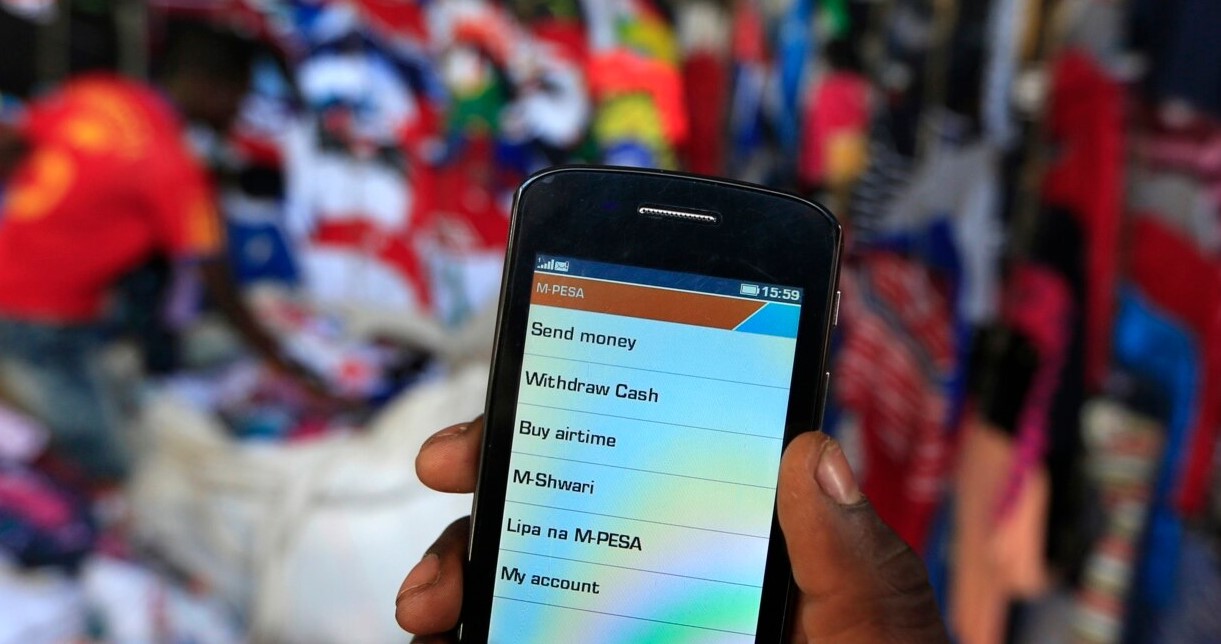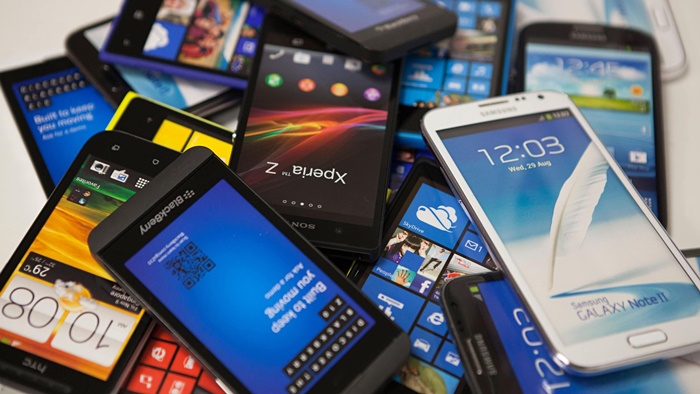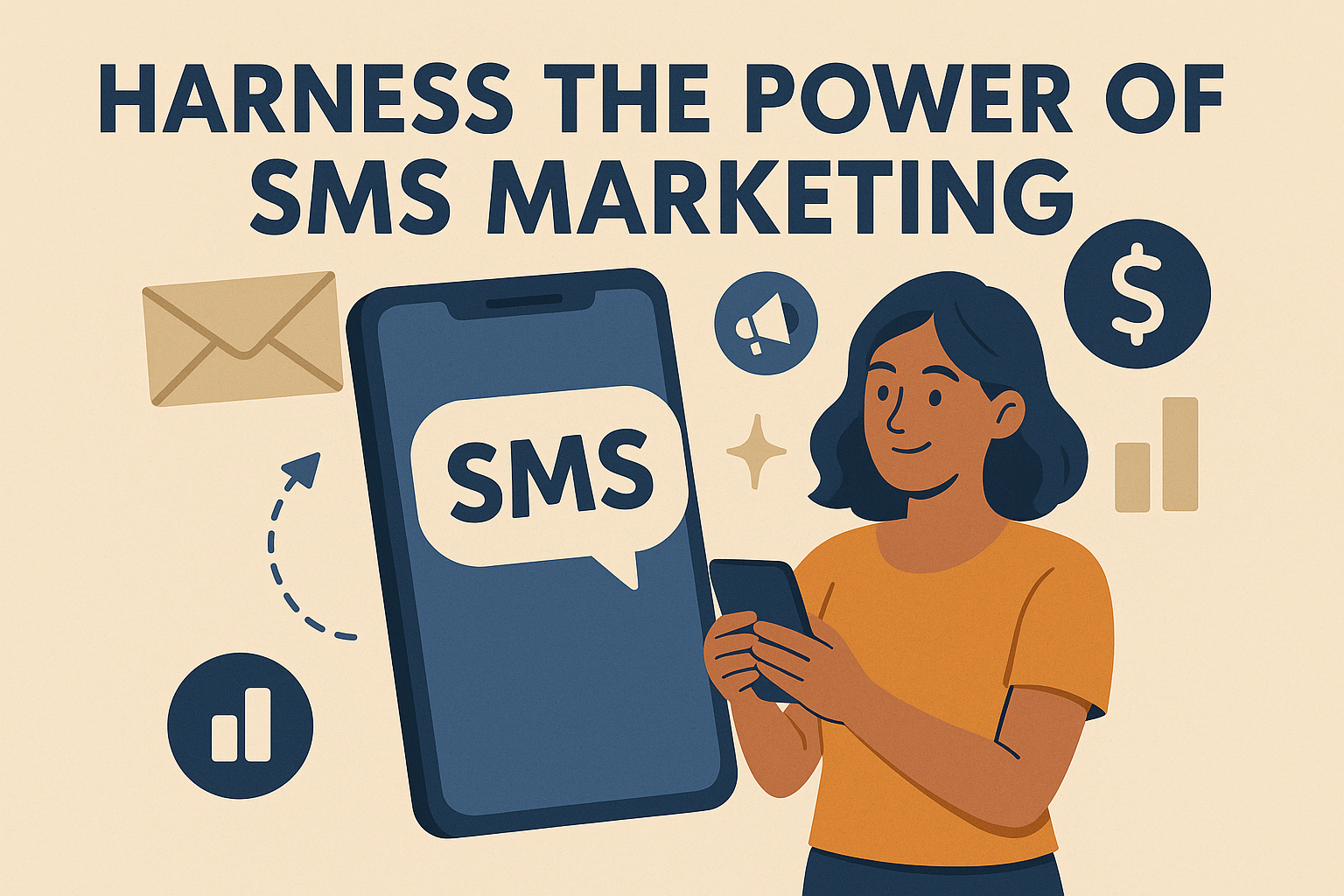
The Rise of Mobile-First Marketing in Kenya
Kenya’s mobile penetration rate is among the highest in Africa, with over 60 million mobile subscriptions reported in 2024. Smartphones are ubiquitous, and mobile internet usage dominates, particularly among younger demographics in urban centers like Nairobi and rural areas alike. This trend makes mobile marketing Kenya a cornerstone of SME marketing strategies Kenya. By prioritizing mobile channels, SMEs can reach their target market for SMEs effectively, whether they are urban consumers or rural entrepreneurs.
Mobile-first marketing focuses on creating campaigns optimized for mobile devices, leveraging platforms like social media, SMS, email, and mobile apps to engage customers. For small business marketing Kenya, this approach is not only cost-effective but also aligns with how Kenyans consume information and make purchasing decisions. With marketing trends Kenya 2025 pointing toward increased digital adoption, SMEs must adapt to stay relevant.
Why Mobile-First Matters for Kenyan SMEs
- Widespread Mobile Usage: Over 90% of internet traffic in Kenya comes from mobile devices. Optimizing for mobile ensures SMEs meet customers where they are.
- Affordability: Low-cost marketing ideas Kenya like SMS campaigns and social media ads are budget-friendly compared to traditional media like TV or print.
- Accessibility: Mobile marketing enables county-level business promotion, reaching customers in rural areas where internet access is primarily mobile-based.
- Engagement: Mobile platforms facilitate direct, personalized communication, enhancing customer retention and loyalty.
Key Mobile-First Strategies for Kenyan SMEs
To succeed in digital marketing for SMEs, Kenyan businesses must adopt targeted, data-driven approaches. Below are actionable SME marketing strategies Kenya that leverage mobile-first principles to drive business growth strategies Kenya.
1. Optimize Your Online Presence for Mobile
A strong online presence for small businesses starts with a mobile-optimized website. In 2025, a clunky, non-responsive website is a death knell for customer engagement. SMEs should ensure their websites load quickly, feature intuitive navigation, and are compatible with mobile browsers. For Nairobi SME marketing, where competition is fierce, a seamless mobile experience can differentiate a business from competitors.
Additionally, SMEs should claim their Google My Business profiles to enhance local business marketing Kenya. This free tool boosts visibility in local searches, especially for county-level business promotion, allowing customers to find businesses via Google Maps or search.
2. Leverage Social Media Marketing
Social media marketing Kenya is a powerful tool for small enterprise promotion Kenya. Platforms like WhatsApp, Instagram, and TikTok dominate Kenya’s digital space, with WhatsApp alone boasting over 20 million users. SMEs can use these platforms to:
- Create Engaging Content: Share short, visually appealing videos or posts showcasing products, customer testimonials, or behind-the-scenes content. This aligns with content marketing trends that prioritize storytelling.
- Run Targeted Ads: Platforms like Instagram and Facebook offer affordable ad options with robust market segmentation tools, allowing SMEs to target specific demographics, such as urban youth or rural farmers.
- Engage Directly: WhatsApp Business enables SMEs to communicate directly with customers, offering personalized promotions or customer support.
For example, a Nairobi-based fashion SME could use Instagram Reels to showcase new designs, targeting young professionals with disposable income. Similarly, marketing for rural SMEs in Kenya can leverage WhatsApp groups to promote agricultural products to local cooperatives.
3. Harness the Power of SMS Marketing
SMS remains a potent tool for mobile marketing Kenya, especially for marketing for rural SMEs in Kenya, where smartphone penetration is high but internet access may be inconsistent. With open rates exceeding 90%, SMS campaigns offer a direct line to customers. SMEs can use SMS to:
- Announce promotions or flash sales.
- Send order confirmations or delivery updates.
- Share loyalty program incentives to boost customer retention.
For instance, a small agribusiness in Kisumu could send SMS alerts about seasonal discounts on farm inputs, ensuring timely outreach to rural farmers.
4. Implement Email Marketing for SMEs
While SMS is immediate, email marketing for SMEs offers a cost-effective way to nurture long-term relationships. Email campaigns can deliver personalized content, such as newsletters or exclusive offers, to segmented customer lists. Tools like Mailchimp or Sendy (a Kenyan-based platform) make affordable marketing for small businesses accessible, with free or low-cost plans for small subscriber lists.
To maximize impact, SMEs should craft mobile-optimized emails with clear calls-to-action (CTAs) and concise messaging. For example, a Kenyan startup ecosystem player like a tech SME could use email to share updates about new app features, targeting early adopters in Nairobi and Mombasa.
5. Build a Strong Value Proposition Through Branding
A compelling value proposition is critical for branding for small businesses. Mobile-first marketing amplifies branding efforts by enabling SMEs to showcase their unique identity through visuals, messaging, and customer interactions. For instance, a coffee shop in Nakuru could use Instagram Stories to highlight its locally sourced beans, appealing to eco-conscious consumers.
Branding also involves consistency across mobile touchpoints—logos, colors, and messaging should align on websites, social media, and emails. This builds trust and enhances customer acquisition in competitive markets.
6. Use Data-Driven Marketing to Optimize Campaigns
Data-driven marketing is a cornerstone of marketing trends Kenya 2025. SMEs can leverage analytics tools to track campaign performance and refine strategies. For example:
- Google Analytics: Monitor website traffic and user behavior to identify popular products or services.
- Social Media Insights: Platforms like Facebook provide data on ad performance, helping SMEs understand their target market for SMEs.
- Customer Feedback: Use surveys or WhatsApp polls to gather insights on customer preferences.
A Nairobi-based SME selling skincare products could analyze Instagram ad data to discover that women aged 25–34 respond best to ads featuring natural ingredients, allowing for more targeted campaigns.
Overcoming Marketing Challenges for SMEs in Kenya
Despite the opportunities, marketing challenges for SMEs in Kenya persist. Limited budgets, lack of digital expertise, and competition from larger firms can hinder growth. Mobile-first marketing addresses these challenges by:
- Reducing Costs: SMS and social media ads are far cheaper than traditional advertising, making them ideal low-cost marketing ideas Kenya.
- Simplifying Execution: Tools like Canva or Buffer enable SMEs to create professional content without hiring experts.
- Leveling the Playing Field: Mobile platforms allow small businesses to compete with larger brands by targeting niche audiences.

For instance, a rural SME in Kitui selling handmade crafts can use WhatsApp to reach urban buyers in Nairobi, bypassing the need for a physical storefront.
Tailoring Strategies for Urban and Rural SMEs
The Kenyan startup ecosystem is diverse, with distinct needs for urban and rural SMEs. Nairobi SME marketing thrives on high-speed internet and tech-savvy consumers, making platforms like TikTok and Instagram ideal for trendy, youth-focused campaigns. In contrast, marketing for rural SMEs in Kenya requires simpler, more accessible tools like SMS and WhatsApp, which work even on basic smartphones.
For example, a Nairobi-based food delivery SME could use Instagram to promote visually appealing dishes, while a rural SME selling poultry in Eldoret might rely on SMS to inform local farmers about new stock arrivals.
The Future of Mobile-First Marketing in 2025
As Kenya’s digital landscape evolves, marketing trends Kenya 2025 will emphasize personalization, automation, and integration. SMEs can prepare by:
- Adopting AI Tools: AI-powered chatbots on WhatsApp or websites can handle customer inquiries, improving efficiency.
- Exploring Emerging Platforms: TikTok’s growing popularity offers new avenues for creative content marketing.
- Focusing on Video: Short-form video content will dominate, as consumers prefer quick, engaging formats.
Moreover, the Kenyan e-commerce market is projected to grow significantly, driven by mobile payment platforms like M-Pesa. SMEs can integrate mobile payment options into their marketing funnels to streamline purchases, enhancing customer acquisition and ROMI.
Conclusion
For Kenyan SMEs, mobile-first marketing is not just a trend—it’s a necessity. By embracing digital marketing for SMEs, businesses can overcome marketing challenges for SMEs in Kenya and build a robust online presence for small businesses. Whether through social media marketing Kenya, SMS, or email marketing for SMEs, mobile channels offer affordable, scalable solutions to reach diverse audiences. By focusing on customer retention, market segmentation, and a strong value proposition, SMEs can unlock sustainable growth in 2025. As the Kenyan startup ecosystem continues to thrive, those who prioritize mobile marketing Kenya will lead the charge in transforming small business marketing Kenya for a digital future.

